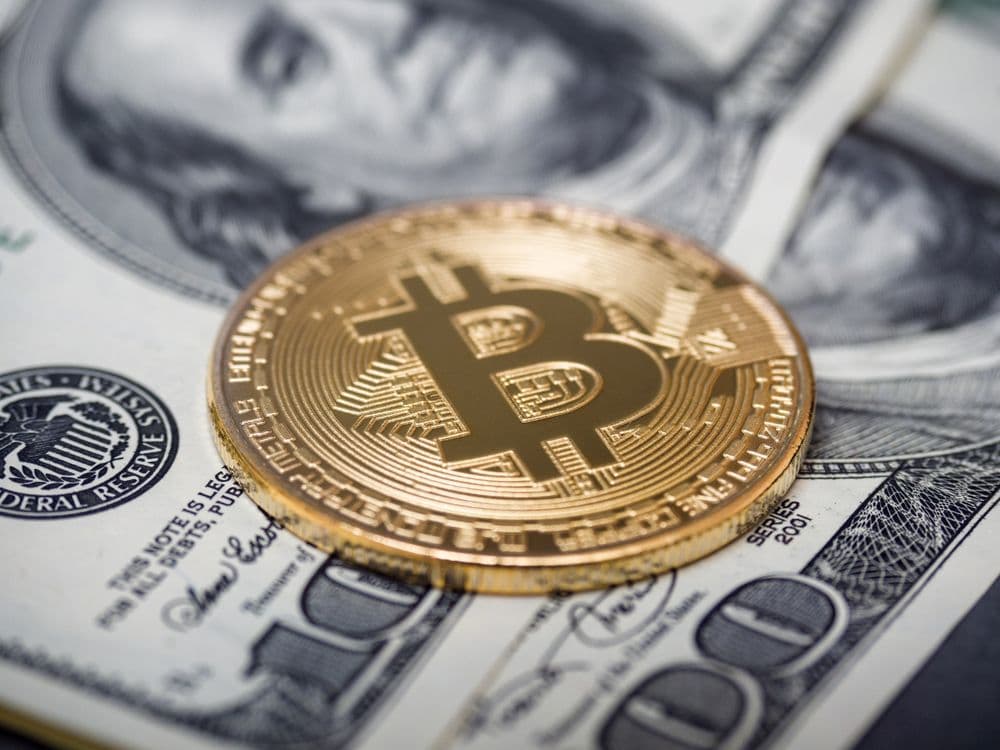 UAE leads MENA with 33% crypto surge, $53 B in transactions. (Unsplash)
UAE leads MENA with 33% crypto surge, $53 B in transactions. (Unsplash)The UAE’s crypto market grew by 33% year-on-year during between July 2024 and June 2025, reaching an estimated $53 billion in transactions, according to a report by Chainalysis The data highlights how clear regulation, institutional participation, and robust digital infrastructure have positioned the country as a model for sustainable and secure crypto adoption across the region.
While many jurisdictions have gone back and forth between being permissive and being restrictive, the UAE has embraced this in a much more coordinated manner, balancing innovation with oversight. From Dubai's Virtual Assets Regulatory Authority (VARA) to Abu Dhabi's Global Market (ADGM) and the Dubai International Financial Centre (DIFC), different regulatory frameworks have created a multi-layered ecosystem that segregates activity into retail, institutional participation, and tokenized capital-market products. This has enabled the country to attract both global exchanges and fintech startups while offering clarity to banks and corporate treasuries exploring blockchain applications.
 Abu Dhabi Global Market (ADGM) has emerged as a cornerstone of the UAE’s regulated digital-asset ecosystem, providing a trusted environment for institutional blockchain innovation and tokenized finance initiatives. (Shutterstock)
Abu Dhabi Global Market (ADGM) has emerged as a cornerstone of the UAE’s regulated digital-asset ecosystem, providing a trusted environment for institutional blockchain innovation and tokenized finance initiatives. (Shutterstock)In the VARA framework, Dubai is placing consumer protection and compliance atop its agenda in establishing the first authorities focused on virtual assets. Segmenting activities into advisory, custody, exchange operations, and brokerage in its licensing regime, its approach ensures that firms are able to meet all technical, cybersecurity, and governance pre-requisites before client onboardings are allowed. The introduction of such guardrails has indeed been critical in nurturing investors' trust or institutional players, previously skeptical of fragmented regulatory landscapes elsewhere.
In parallel, Abu Dhabi's ADGM has become a testbed for institutional blockchain experimentation. It was among the first jurisdictions anywhere to issue comprehensive virtual-asset guidelines as far back as 2018 and has been refining them since to address, among other areas, the regulation of tokenized securities, stablecoins, and decentralized finance. This, along with the regulatory sandbox and direct engagement model adopted by ADGM with regard to fintech companies, has made it possible for pilot projects in tokenized carbon credits and blockchain-based fund settlements to advance under clear supervision.
In parallel, the DIFC, long recognized as a global financial center, has moved to integrate distributed-ledger infrastructure into its broader digital economy agenda. Treating digital assets as an integral part of its continuum of financial services rather than a discrete industry, the DIFC has bridged traditional capital markets to blockchain-native platforms. Together, these three hubs have produced a rare regulatory coherence in a sector often defined by uncertainty.
The result is a policy ecosystem that amplifies both innovation and investor confidence. Chainalysis data shows that while the overall regional growth in crypto transaction volume has been slowing, the UAE's steady upward trajectory reflects the maturity of its market structure. Large-scale institutional transfers-often exceeding one million U.S. dollars per transaction-account for a significant portion of the total, indicating that professional traders and regulated entities are playing a central role in the country's crypto economy.
This trend of institutionalization has also encouraged cross-sector integration: banks, asset-management companies, and even government-backed initiatives have started exploring tokenized financial instruments and blockchain-based settlements for trade and logistics. The alignment between the public and private sectors, supported by digital-economy strategies at both the federal and emirate levels, made the UAE one of the few markets where virtual-asset regulation is seen not as an exception, but rather as a natural extension of financial-market modernization.
This has translated, in practice, into the UAE being a regional headquarters for many exchanges and Web3 companies that pursue legal certainty and global reach. From compliance technology providers to stablecoin issuers and tokenization platforms, entities keep moving to Dubai and Abu Dhabi to take advantage of the capital-market access and regulatory clarity. The commitment of the government toward digital transformation further enforced this trajectory by embedding blockchain and AI policies into its long-term economic diversification agenda.
Equally important is the UAE's international posture. Actively engaging with global standard-setting bodies and fostering interoperability across jurisdictions, the country has positioned itself as a constructive voice in helping shape the crypto governance of the future. It does not want to isolate itself from global trends but influence them and bridge traditional finance with decentralized systems under a transparent, rules-based model.
For Chainalysis, the latest data confirms that this approach is bearing fruit. Resilience and depth characterize the consistent performance of the UAE, while the world experiences a slowdown in crypto transaction growth. The 33% increase from the previous period illustrates how policy alignment and market confidence can translate into sustained adoption. Far from speculative exuberance, the UAE’s crypto economy has matured into a foundation for long-term digital-asset integration, supported by clear regulation, institutional engagement, and real-world utility.
The UAE's approach shows that crypto regulation and growth need not be at odds. By embedding digital-asset oversight within its broader financial-services infrastructure, the country has built a framework capable of withstanding market cycles while encouraging responsible innovation. As global policymakers continue to debate how to balance risk and opportunity, the UAE's experience offers a blueprint-one in which technology, compliance, and capital formation coexist to drive sustainable digital-finance development.

Trump Media reports $54 M loss

Senate and White House edge toward digital-asset deal

Time honours crypto and blockchain in 2025 inventions list

ENDRA Life Sciences unveils crypto treasury, $14.4M raise